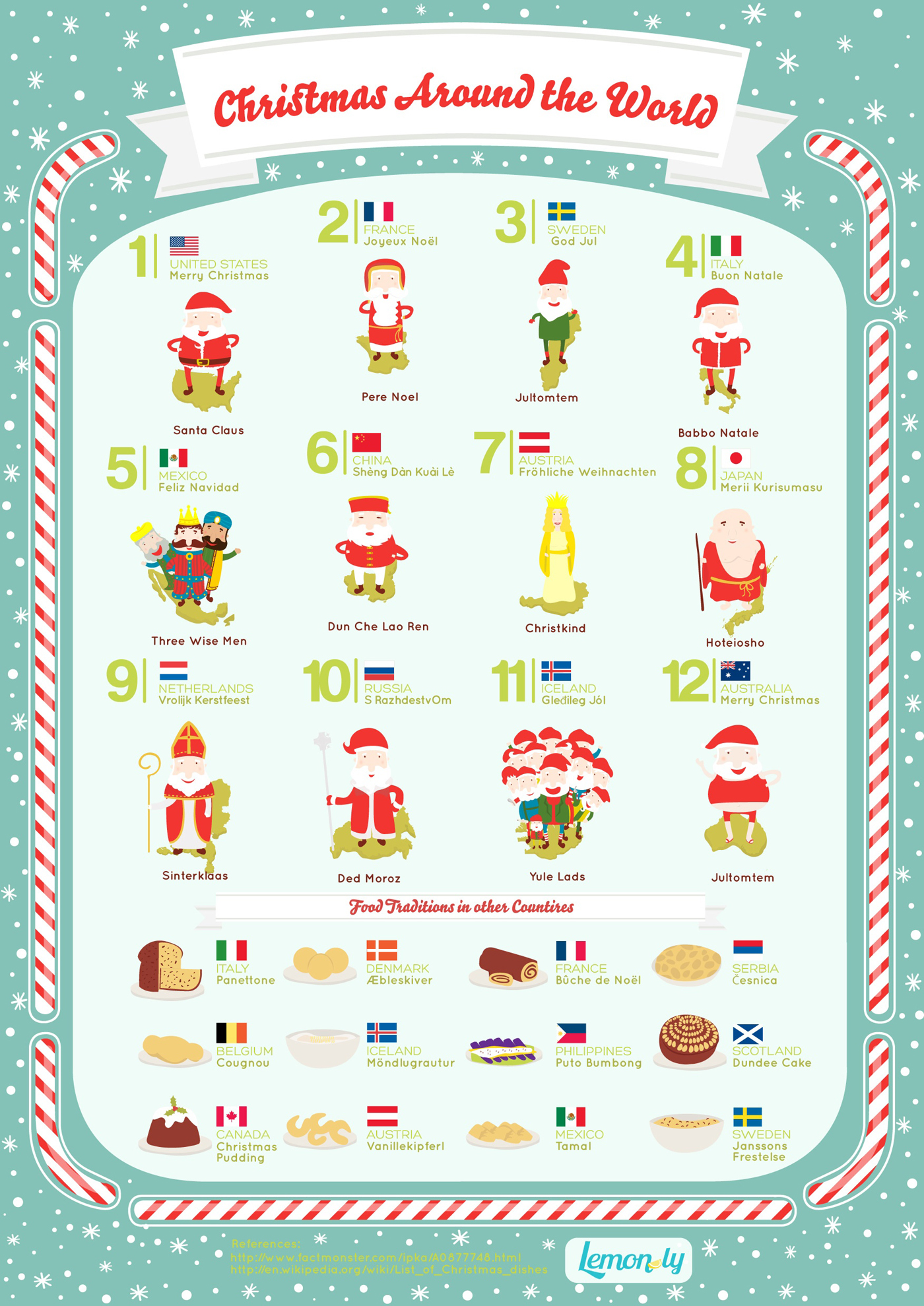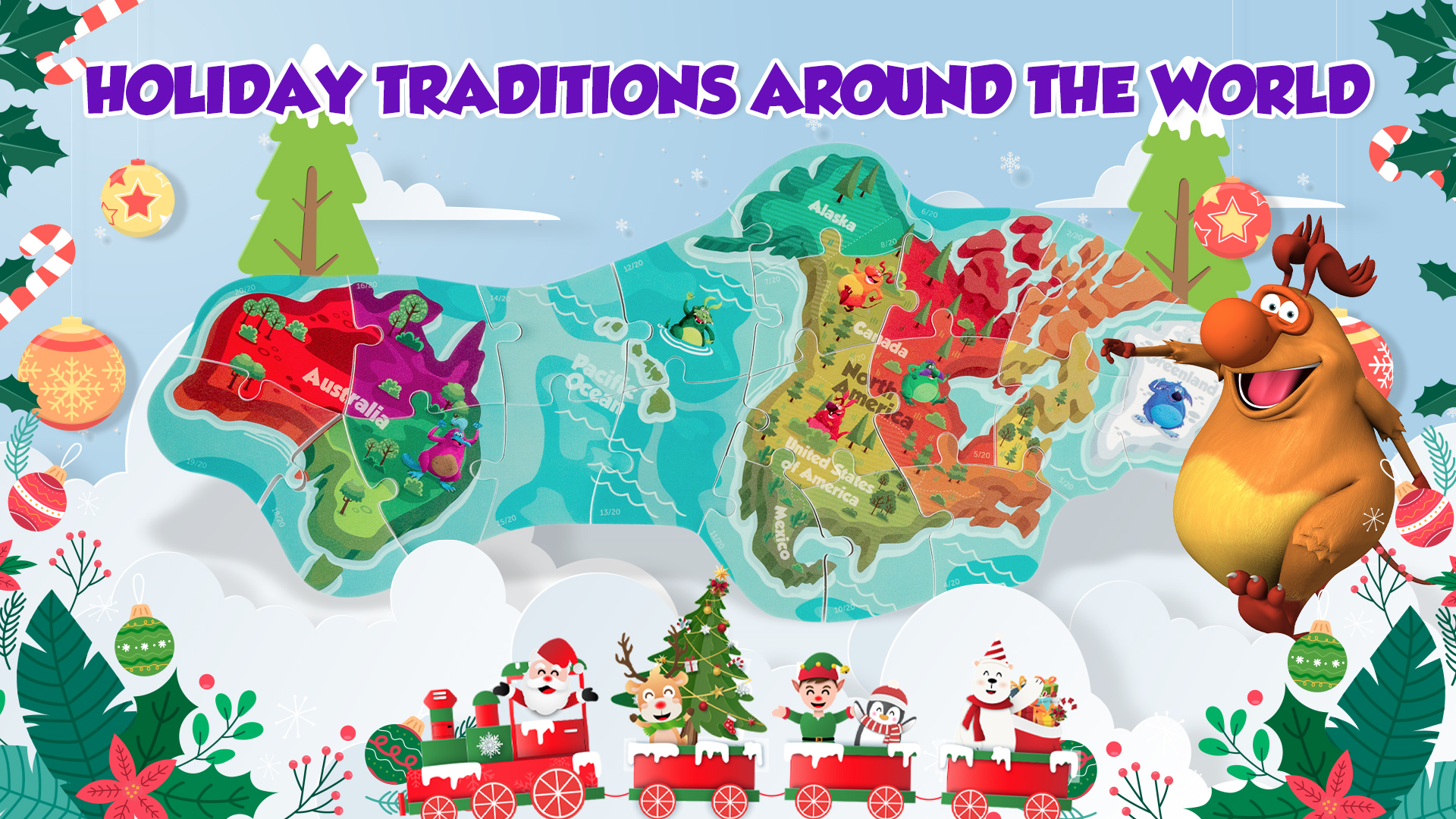
Christmas is a time for celebration, gift-giving, and spending time with loved ones. While Christmas is observed on December 25th in many countries, some cultures and countries have unique public holidays around Christmas that are worth exploring. In this article, we will delve into six Christmas public holidays around the world, showcasing their traditions, customs, and festivities.
Christmas is a significant holiday in many countries, and its celebration varies greatly from one culture to another. From exchanging gifts to feasting with family and friends, Christmas is a time for joy, love, and giving. As we explore these six Christmas public holidays, we will discover the diverse ways in which Christmas is celebrated around the globe.
1. La Noche de Rabanos (Night of the Radishes) in Mexico

In Mexico, Christmas celebrations begin on December 16th with the start of the Posada season, which commemorates the journey of Mary and Joseph to Bethlehem. However, a unique and fascinating Christmas public holiday in Mexico is La Noche de Rabanos (Night of the Radishes), celebrated on December 23rd in Oaxaca City.
This festive tradition dates back to the 16th century when Spanish missionaries taught the indigenous people to carve radishes to depict nativity scenes. Today, locals gather in the town square to create intricate and elaborate nativity scenes using radishes, which are then judged and awarded prizes.
Traditions and Customs of La Noche de Rabanos
- Locals spend days preparing their radish creations, which can take various forms, including nativity scenes, animals, and even famous figures.
- The radish creations are displayed in the town square, where they are admired and judged by the public and a panel of judges.
- The winner receives a prize, and the event is accompanied by music, food, and traditional dances.
2. St. Lucia's Day in Sweden

In Sweden, Christmas celebrations begin on December 13th with St. Lucia's Day, a public holiday that marks the beginning of the Christmas season. This festive tradition is named after Saint Lucia, a 4th-century martyr who was known for her kindness and generosity.
On St. Lucia's Day, Swedish towns and cities come alive with processions of people singing Christmas carols and carrying candles. The highlight of the celebration is the crowning of the "Lucia" – a young girl who wears a white robe and a crown of candles.
Traditions and Customs of St. Lucia's Day
- On the eve of St. Lucia's Day, families gather to sing Christmas carols and eat traditional treats, such as saffron buns and gingerbread.
- The Lucia procession takes place in the morning, where participants sing and distribute treats to the public.
- The Lucia is crowned in a ceremony, where she is dressed in a white robe and a crown of candles.
3. Krampusnacht in Austria and Germany

In Austria and Germany, the Christmas season is accompanied by a unique and terrifying tradition – Krampusnacht. On the eve of December 5th, young men dress up in frightening costumes and parade through the streets, scaring children and adults alike.
Krampusnacht is a celebration of the half-goat, half-demon creature Krampus, who is said to punish naughty children during the Christmas season. This festive tradition is a blend of pagan and Christian customs, where the focus is on frightening rather than gift-giving.
Traditions and Customs of Krampusnacht
- Young men dress up in elaborate costumes, which include horns, fur, and frightening masks.
- The Krampus parades take place in the evening, where participants march through the streets, scaring people and distributing twigs and coal.
- The celebration is accompanied by music, food, and drinks, and is a popular tourist attraction in Austria and Germany.
4. Omisoka in Japan

In Japan, the Christmas season is not a national holiday, but the New Year's Eve celebration, known as Omisoka, is a significant public holiday. On December 31st, Japanese people gather at shrines and temples to ring in the new year and bid farewell to the old one.
Omisoka is a time for reflection, renewal, and celebration, where families gather to eat traditional foods, such as toshikoshi soba (year-crossing noodles) and mochi. The celebration is also marked by the ringing of temple bells, which is believed to purify the mind and soul.
Traditions and Customs of Omisoka
- Families gather at shrines and temples to ring in the new year and bid farewell to the old one.
- Traditional foods, such as toshikoshi soba and mochi, are eaten during the celebration.
- The ringing of temple bells is a significant part of the celebration, which is believed to purify the mind and soul.
5. Yule Lads in Iceland

In Iceland, the Christmas season is marked by the visitation of the Yule Lads, 13 mischievous spirits who arrive in the country over the 13 nights leading up to Christmas. Each Yule Lad has a unique personality and plays a trick on children, ranging from stealing sausages to licking spoons.
The Yule Lads are a beloved part of Icelandic folklore, and their visitation is a significant part of the country's Christmas celebrations. Children leave their shoes on windowsills, where the Yule Lads leave small gifts or playful notes.
Traditions and Customs of Yule Lads
- The Yule Lads arrive in Iceland over the 13 nights leading up to Christmas, each with a unique personality and trick.
- Children leave their shoes on windowsills, where the Yule Lads leave small gifts or playful notes.
- The Yule Lads are a beloved part of Icelandic folklore, and their visitation is a significant part of the country's Christmas celebrations.
6. Las Posadas in Spain and Latin America

In Spain and Latin America, the Christmas season is marked by the celebration of Las Posadas, a nine-day festivities that commemorates the journey of Mary and Joseph to Bethlehem. From December 16th to 24th, families gather to reenact the journey, singing traditional Christmas carols and eating traditional foods.
Las Posadas is a time for family, friends, and community to come together and celebrate the true meaning of Christmas. The festivities are marked by processions, music, and traditional dances, which vary from country to country.
Traditions and Customs of Las Posadas
- Families gather to reenact the journey of Mary and Joseph to Bethlehem, singing traditional Christmas carols and eating traditional foods.
- The festivities are marked by processions, music, and traditional dances, which vary from country to country.
- Las Posadas is a time for family, friends, and community to come together and celebrate the true meaning of Christmas.




In conclusion, Christmas public holidays around the world offer a fascinating glimpse into the diverse ways in which Christmas is celebrated. From the unique traditions of La Noche de Rabanos in Mexico to the festivities of Las Posadas in Spain and Latin America, each country has its own special way of observing the holiday season. Whether you're a fan of radish carvings or Yule Lads, there's something to appreciate in each of these six Christmas public holidays.











